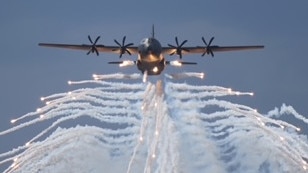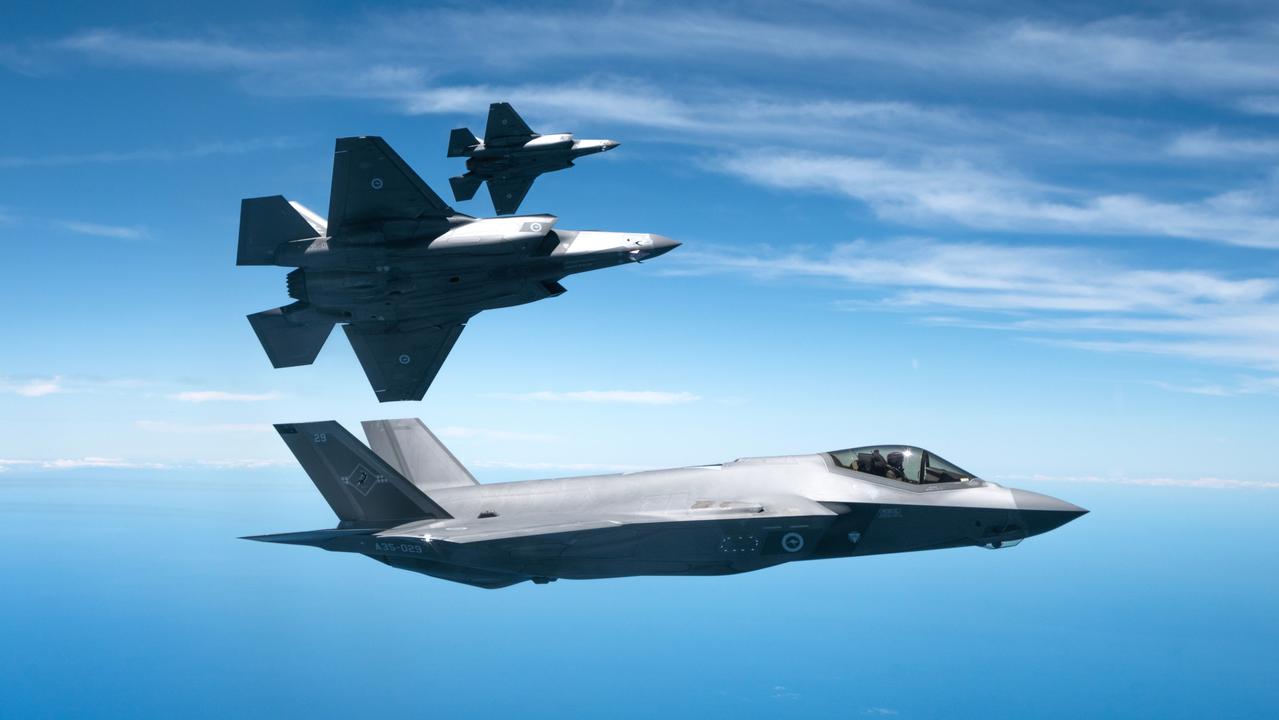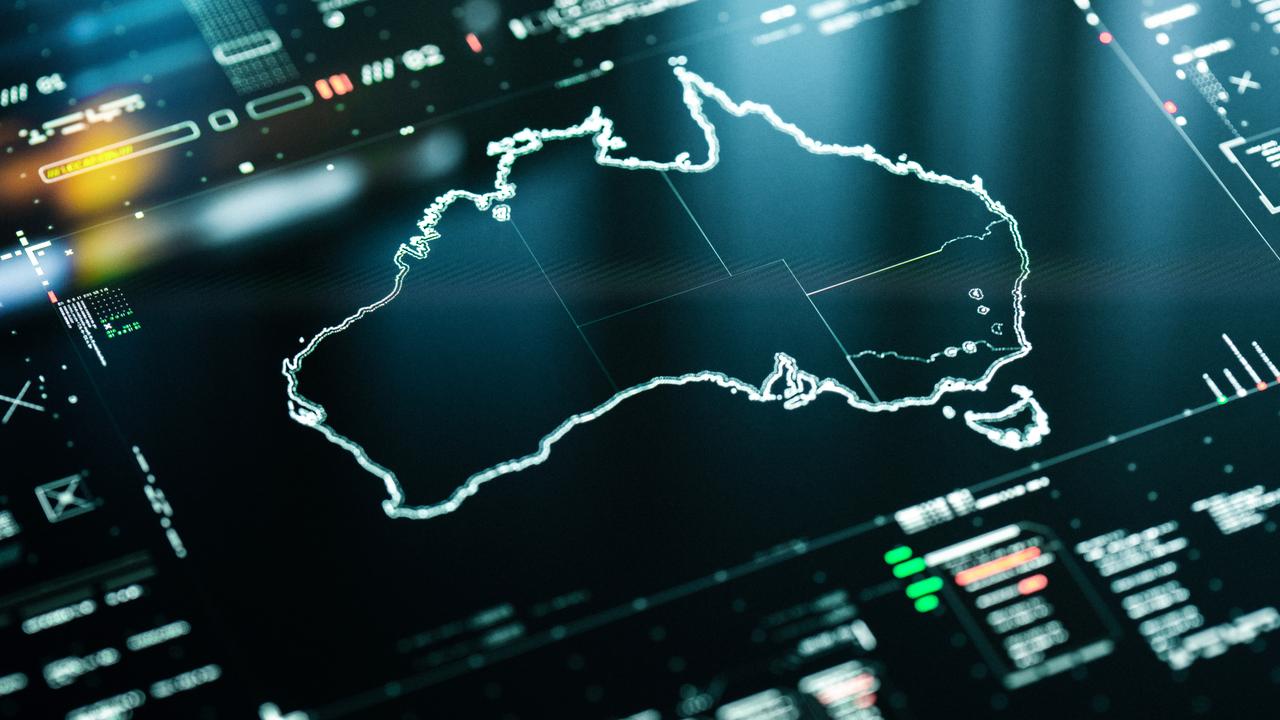Hercules fleet grows and renews
The RAAF is set to receive 20 new C-130J-30 Hercules towards the end of the decade, almost doubling its medium airlift fleet.

The Royal Australian Air Force (RAAF) is set to receive 20 new C-130J-30 Hercules towards the end of the decade, almost doubling its medium airlift fleet.
The RAAF currently operates 12 C-130J-30s, which were delivered from 1999 and used extensively in Afghanistan, but are coming to the end of their useful service lives. The first of the new aircraft will arrive in 2027, to allow the older fleet to be progressively withdrawn from service.
Australia has operated several different versions of the ubiquitous Hercules since 1959, but the C-130J differs from its predecessors in that it has a modern, digital flight deck and newer and more efficient turboprop engines.
“The government is ensuring the Australian Defence Force is equipped with brand new C-130J Hercules aircraft, and more of them, to respond to the wide range of challenges our nation will face in the future,” Defence Industry Minister Pat Conroy said when making the announcement on July 24. “Since 1999, the C-130J Hercules has served Australia across our region and beyond, proving to be a reliable workforce in roles from humanitarian operations to conflict zones.”
The announcement in July followed an earlier one which said that Australia would buy “up to 24” C-130J-30s under the commonwealth’s Air 7404 Phase 1 (Medium Air Mobility Aircraft program), but the lower number was eventually ordered following the release of the Defence Strategic Review (DSR).
In November 2022, the US government said Australia’s request had a not to exceed value of $US6.35bn ($10bn), but by the time the acquisition was announced in July, this figure had risen to $US6.9bn – for four fewer aircraft.
The new Hercules were selected over proposals from Europe’s Airbus, with its larger A400M airlifter; Embraer of Brazil, with its modern C-390 Millennium twin-jet; and Kawasaki from Japan, which had offered its C-2 transport aircraft.
The Planned Withdrawal Date for the 12 older Hercules is the end of 2030, by which time a dozen new aircraft will have arrived and an Initial Operational Capability (IOC) declared. All 20 aircraft are expected to be in service in the third quarter of 2035.
“The Current C-130J fleet will be reaching structural life limits (by 2030) due to the fatigue of the centre wing as its planned withdrawal date approaches,” a Defence spokesman explains.
The new aircraft will feature a beefed-up centre wing structure which will extend their service lives beyond that of the current aircraft.
In the meantime, the current fleet is receiving an upgrade to its navigation and air traffic management systems to keep it relevant through to 2030.
Known as the Block 8.1 upgrade, it adds software to ensure greater precision when landing or approaching an air drop zone, and systems that are compliant with the latest international air traffic management regulations.
The first four aircraft had been completed by the end of 2022 and all 12 will have received the upgrade by the end of 2024.
“After the Block 8.1 software upgrade, any further upgrades will be carefully considered for capability benefits and value for money,” the spokesman adds.


